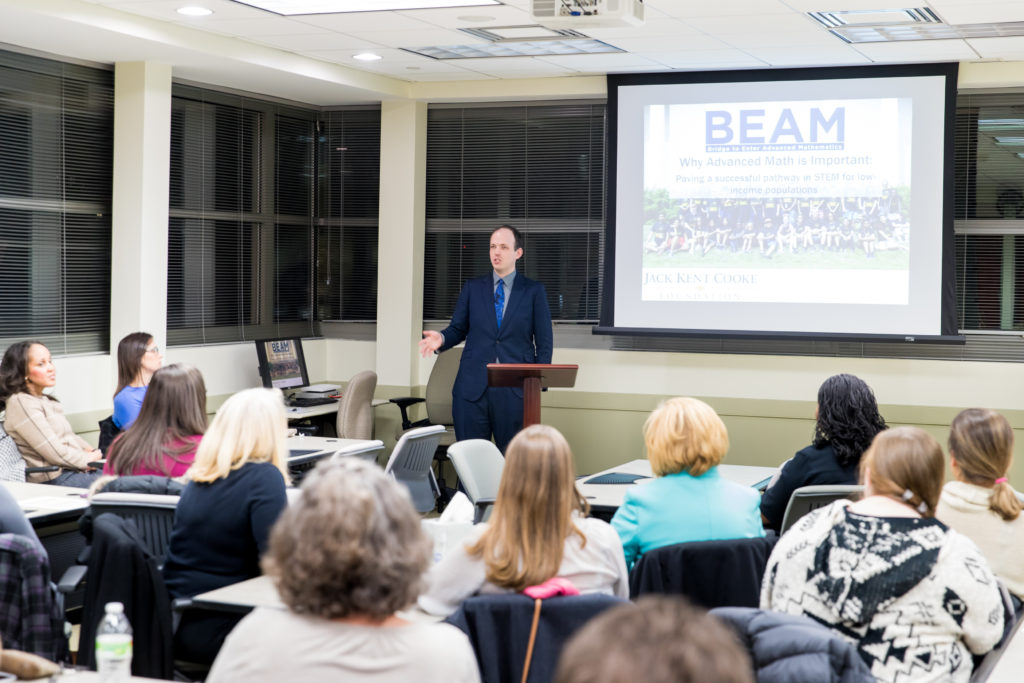Enrolling and Supporting Students with Financial Need

December 14, 2018 – Here’s our weekly roundup of education news you may have missed. What does it take to enroll and support students with financial need? Two new studies demonstrate successful university recruitment efforts, and experts recommend how faculty, institutions, and policymakers can improve supports.
Receive the Cooke Chronicle each week in your inbox: Subscribe here.
Elementary & Secondary Education:
- Chalkbeat reports on a new study which documents how a spike in stress-related hormones negatively impacts a student’s ability to show what they know on state tests. Additionally, there is “some evidence that students living in higher-crime, higher-poverty neighborhoods are most affected.”
- “When compared to the average outcomes for all students, the challenges Native American students face are horrifying,” states Katrina Boone in Education Post.
Higher Education:
- “America’s most selective colleges can, it seems, change the lives of minorities and low-income students,” states The Atlantic. Institutions seeking to recruit high-achieving students with financial need can reference two recent access efforts:
- In The New York Times, David Leonhardt describes outcomes from University of Michigan’s mailing of a personalized outreach packet to high-performing students from lower-income families.
- As Inside Higher Ed reports, a guaranteed admissions policy “made high-talent, low-income students more likely than they historically have been to apply to the flagship universities in Texas.”
- Free college programs increase enrollment up to 25 percent at participating institutions, reports The Century Foundation. The research makes recommendations for policymakers to balance the costs of growing enrollment and supporting underrepresented students.
- “Today’s college students are the most overburdened and undersupported in American history,” write Dr. Sara Goldrick-Rab and Dr. Jesse Stommel in The Chronicle of Higher Education. The authors encourage fellow educators to “design our pedagogical approaches for the students we have, not the students we wish we had.”
Cooke Foundation Highlights:
- Cooke Scholar Jennifer Myers recently spoke on a panel hosted by the Community College of Philadelphia to discuss the institution’s academic programs and support for students studying for careers in healthcare.
- Eastern Connecticut’s The Chronicle speaks with Jack Kent Cooke Young Artist Sofia Gilchenok, who recently performed a piece on the viola in a live taping of “From the Top” that will air in late January.
- The Foundation’s “First-Year Student Support” report is cited in Education Dive‘s coverage of the ASAP program success at three Ohio community colleges. The ASAP program, originally implemented at City University of New York (CUNY) institutions, provides low-income students with enhanced academic advising and financial support.
Social Media Spotlight:
Photo header: BEAM Executive Director Dan Zaharopol speaks to EDGE Academy teachers and staff from Loudoun County Public Schools.